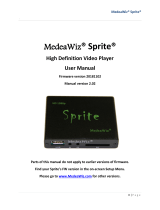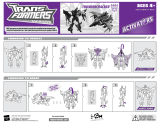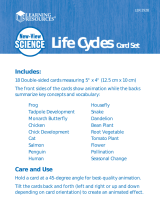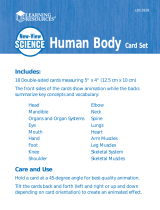Commodore Commodore 64 Programmer's Reference Manual
- Type
- Programmer's Reference Manual
Commodore Commodore 64 boasts impressive capabilities that empower users to unleash their creativity and productivity. With its advanced BASIC programming language, you can delve into the world of coding, creating your own custom programs and games. The device's exceptional graphics and sound capabilities make it an ideal platform for developing visually stunning and immersive experiences. Additionally, the Commodore 64's versatile input/output options, including support for joysticks, paddles, and a light pen, open up a wide range of possibilities for interactive applications and gaming.
Commodore Commodore 64 boasts impressive capabilities that empower users to unleash their creativity and productivity. With its advanced BASIC programming language, you can delve into the world of coding, creating your own custom programs and games. The device's exceptional graphics and sound capabilities make it an ideal platform for developing visually stunning and immersive experiences. Additionally, the Commodore 64's versatile input/output options, including support for joysticks, paddles, and a light pen, open up a wide range of possibilities for interactive applications and gaming.


















-
 1
1
-
 2
2
-
 3
3
-
 4
4
-
 5
5
-
 6
6
-
 7
7
-
 8
8
-
 9
9
-
 10
10
-
 11
11
-
 12
12
-
 13
13
-
 14
14
-
 15
15
-
 16
16
-
 17
17
-
 18
18
Commodore Commodore 64 Programmer's Reference Manual
- Type
- Programmer's Reference Manual
Commodore Commodore 64 boasts impressive capabilities that empower users to unleash their creativity and productivity. With its advanced BASIC programming language, you can delve into the world of coding, creating your own custom programs and games. The device's exceptional graphics and sound capabilities make it an ideal platform for developing visually stunning and immersive experiences. Additionally, the Commodore 64's versatile input/output options, including support for joysticks, paddles, and a light pen, open up a wide range of possibilities for interactive applications and gaming.
Ask a question and I''ll find the answer in the document
Finding information in a document is now easier with AI
Related papers
-
Commodore 1541 User manual
-
Commodore A500 Plus User manual
-
Commodore Plus/4 User manual
-
Commodore Commodore 64 User manual
-
Commodore 1650 User manual
-
Commodore 1702 User manual
-
Commodore Magic Voice Installing & Operating Manual
-
Commodore 16 Owner's manual
-
Commodore 16 User manual
-
Commodore 64C Introductory Manual
Other documents
-
 MedeaWiz Sprite User manual
MedeaWiz Sprite User manual
-
 Transformers 83812 User manual
Transformers 83812 User manual
-
 Learning Resources LER 2928 User manual
Learning Resources LER 2928 User manual
-
Dedicated Micros Digital Sprite 2 Installation guide
-
HP 7470A User manual
-
Epson LX-90TM User manual
-
Windsor Commodore DUO Owner's manual
-
Star Micronics NX-1000 Technical Manual
-
 Learning Resources LER 2929 User manual
Learning Resources LER 2929 User manual
-
Eiki LC-XIP2600 Owner's manual





















